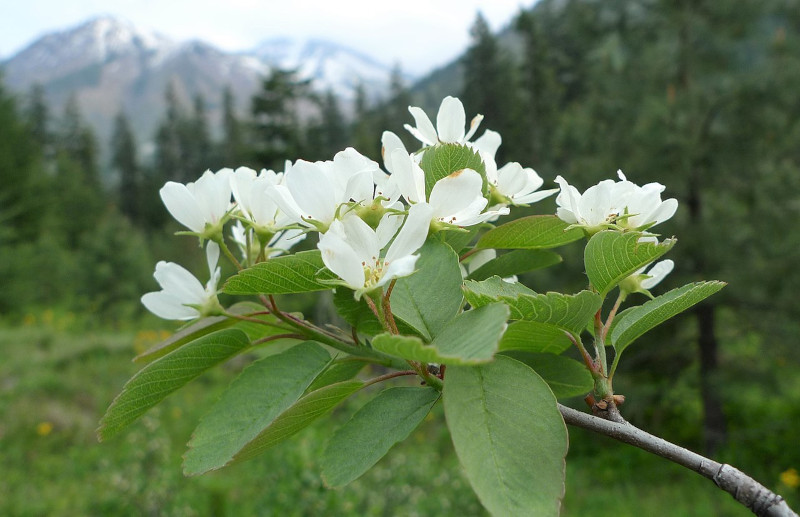
Western Juneberry Facts
- This delicate marvel of botanical evolution most frequently goes by the information common name of the Western Juneberry. It also holds several other general titles, too. These include saskatoon berry, western shadbush, and Pacific serviceberry.
- Within the halls of science, however, it’s possibly better known by its specific technical moniker. Unfortunately, though, that’s an extremely difficult one for the layperson to pronounce. That’s because it holds the formal epithet Amelanchier alnifolia.
- The beautiful Angiosperm received that designation due to the efforts of Thomas Nuttall. The English botanist accomplished the first recognition of it as a separate and distinct species. He achieved that noteworthy deed in the early 1840’s.
- Actually qualifying as a member of the rose Family, the amazing flora stands out for several reasons. Among those is the remarkable fact that researchers currently recognize a total of three varieties. These represent variations across its territory.
- Thankfully, the gorgeous Western Juneberry appears to be maintaining a population base that’s both stable and sufficient. This pleasant state also seems to hold true across its entire range. The IUCN therfore presently lists it as Least Concern on its Red List.
- The flora nevertheless still faces multiple potential threats to its continued existence. The majority of these stem from the actions of mankind, as with most species. These include the related perils of habitat loss and the ongoing effects of climate change.
Related Articles
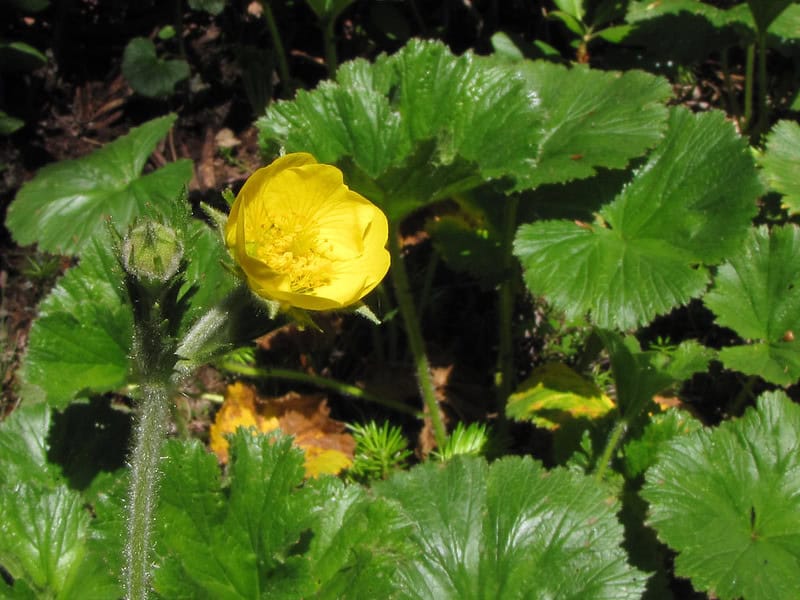
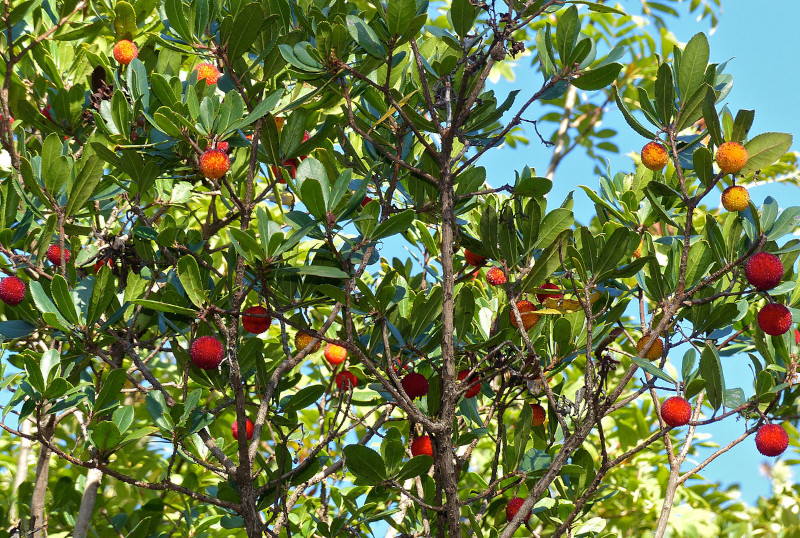
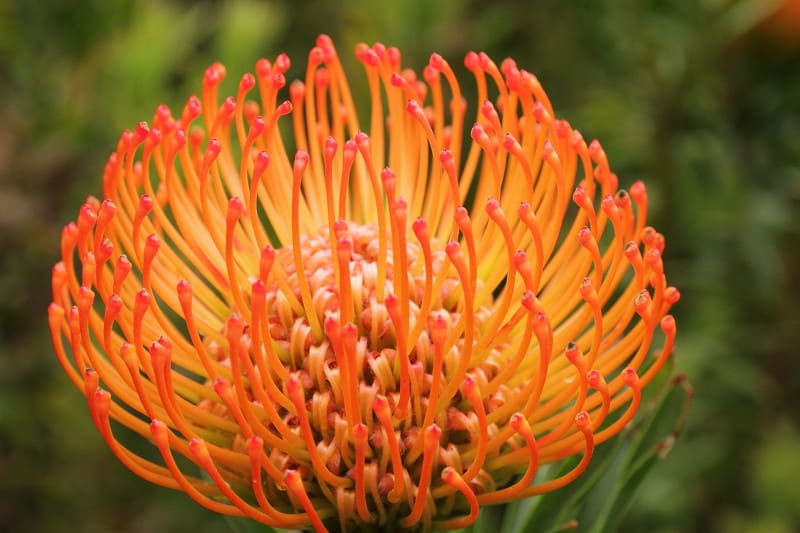

Western Juneberry Physical Description
The eye-catching Western Juneberry is yet another of those natural beauties that captures the attention of those who encounter it for several reasons. That’s true since it’s not simply a lovely flora. It’s also one of those plants that presents multiple forms as it grows.
The remarkable Rosid develops as either a moderately large shrub, or a small deciduous tree. This natural variability occurs due to local environmental conditions. But, regardless of which form it takes, it presents the same general structure, outside of the size factor.
Again, depending on the variety, the plant typically achieves heights ranging from 3 – 26 ft (0.91 – 7.9 m). Exceptional examples, however, do sometimes reach vertical measurements of as much as 33 ft (10.1 m). Such extreme specimens occur quite rarely, though.
In its tree form, the flora produces several primarily upright trunks. The bark tends to catch the eye, however. This feature develops as smooth to the touch, and mainly light gray in color. Yet, this coating also has thick, darker gray vertical lines on the trunks.
The shrub type produces the same type of bark on its trunks, and with the same color pattern. A principle difference is the number and shape of the branches that extend from those. The shrub form produces many more, though, many of which twist and droop.
The leaves of the Western Juneberry merit their own measure of notice, too. They also vary in design, ranging from oval to almost completely rounded. The length runs from 0.75 – 2 in (2 – 5 cm), while width ranges from 0.5 – 1.75 in (1 – 4.5 cm). These show a light green.
But, it’s the blooms of the amazing plant that generate the most interest. These appear at the ends of very short stems, usually individually. Each displays a brilliant white shade, along with a design featuring five petals. The flowers also tend to develop close together.
- Kingdom: Plantae
- Phylum: Tracheophyta
- Class: Magnoliopsida
- Order: Rosales
- Family: Rosaceae
- Genus: Amelanchier
- Species: A. alnifolia
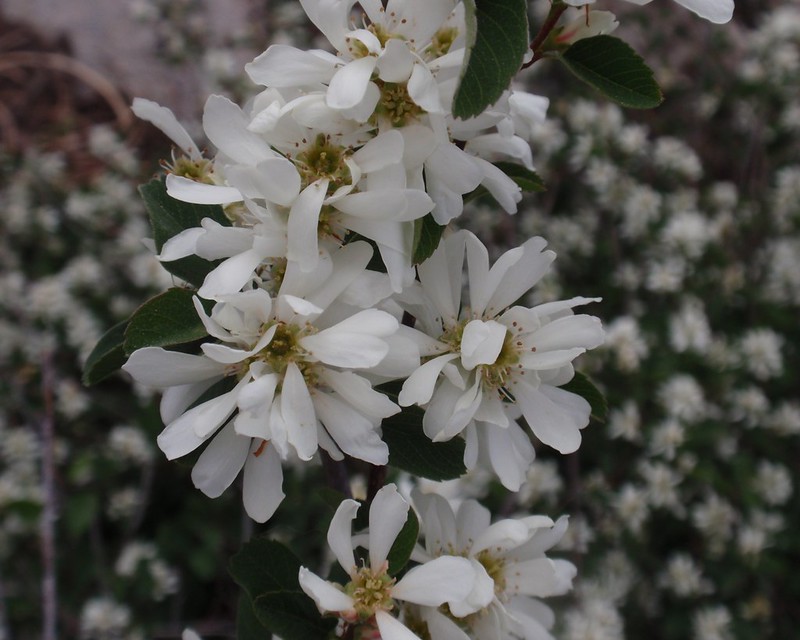
Western Juneberry Distribution, Habitat, and Ecology
Much like many of its relatives around the world, the aptly-named Western Juneberry evolved as endemic to a comparatively broad swathe of the earth’s surface. Yet, the full extent of this wonder’s natural zone of habitation might still surprise a great many people.
It developed as native a particular portion of North America. Within the confines of this continent, however, it only appears naturally in a specific section. As the name implies, that’s mainly the western sections. But, the flora also lives the north-central areas, too.
The majority of its numbers reside inside the western part of the national borders of the country of Canada. To the north, though, it shows up as far away as Alaska. To the south, the plant lives in both the western and north-central regions of the United States.
Nature and evolution provided the botanical beauty with a moderately high degree of versatility regarding its choice of habitat. It therefore appears in a reasonably wide array of environments. That natural capacity gives it a definite evolutionary advantage.
Depending on which part of its range it’s in, the species lives at known altitudes ranging from sea level to as high as 11,200 ft (3,400 m). It primarily occurs in deciduous forests, but also makes its presence seen in swamps, thickets, stream banks, and even drier canyons.
The awesome Western Juneberry usually flowers from April to July in most sections of its range. Following a pattern typical to members of its Family, it mainly achieves pollination via the actions of locally prevalent species of bees and butterflies. Others play a smaller role.
In all regions that it develops in, however, it plays an important role in its local ecosystem. Over 100 species of Lepidoptera use it as a host plant for the caterpillars. Numerous birds and small mammals also feed on the fruit. Others, such as deer, eat the blooms and leaves.
Species Sharing Its Range
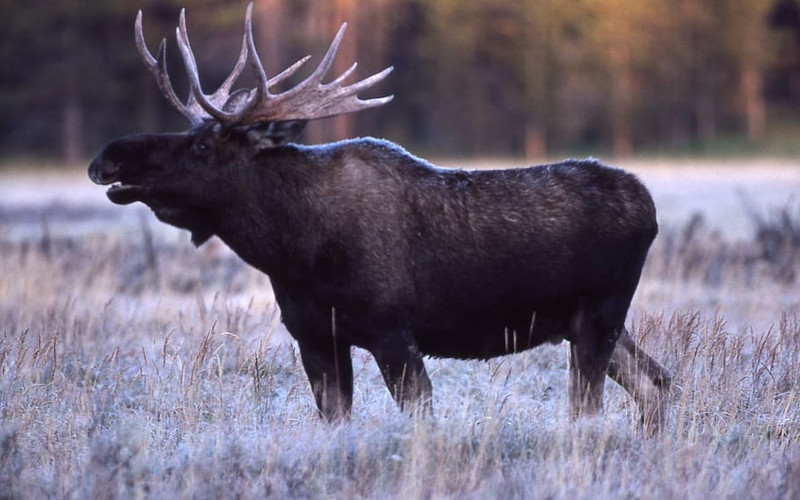

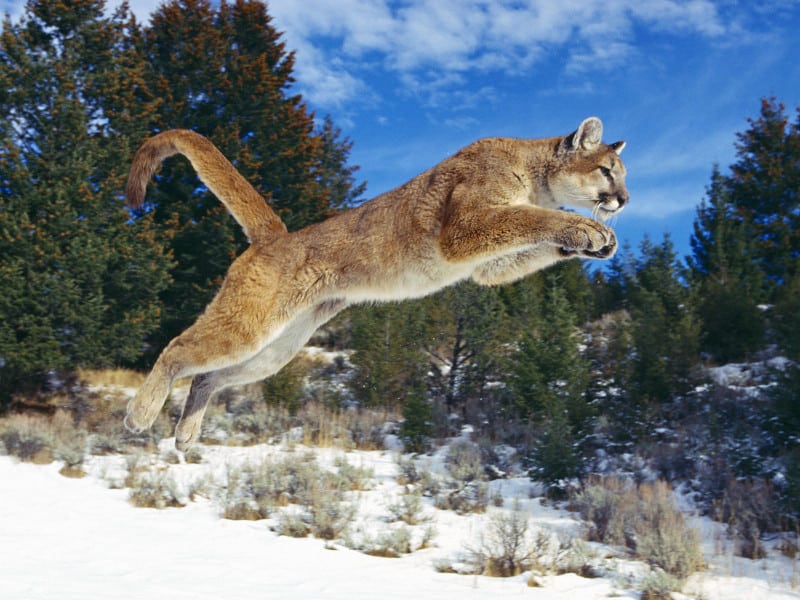
Check out our other articles on 3 Awesome Antarctic Land Species, Eurasian Brown Bear, Kings Canyon, Texas Blind Salamander, Spiny Butterfly Ray, Scarce Swallowtail, Black Mamba









Leave a Reply